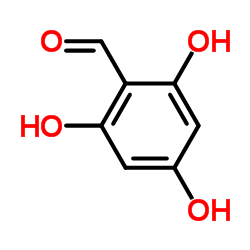| Structure | Name/CAS No. | Articles |
|---|---|---|
 |
2,4,6-Trihydroxybenzaldehyde
CAS:487-70-7 |
| Structure | Name/CAS No. | Articles |
|---|---|---|
 |
2,4,6-Trihydroxybenzaldehyde
CAS:487-70-7 |